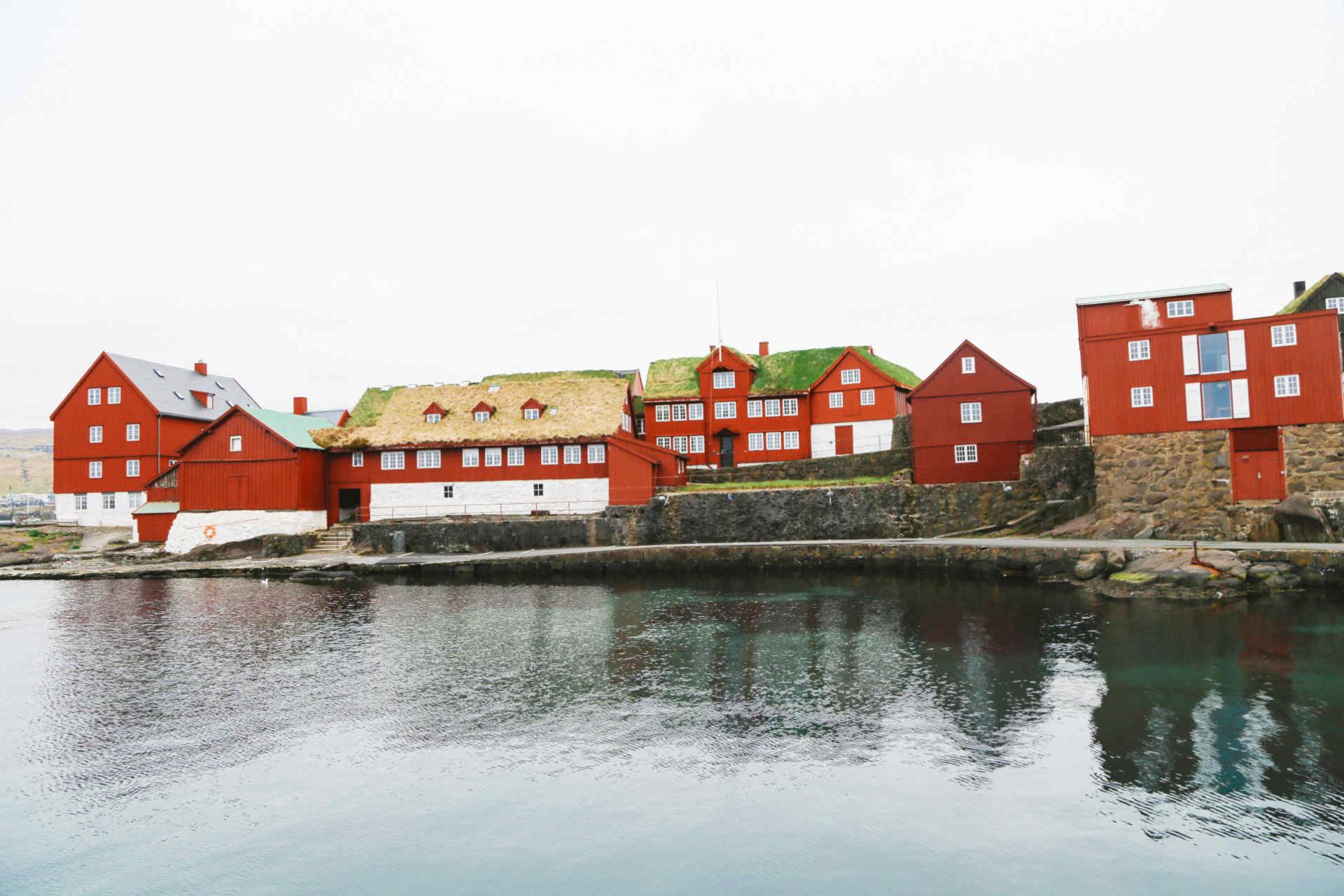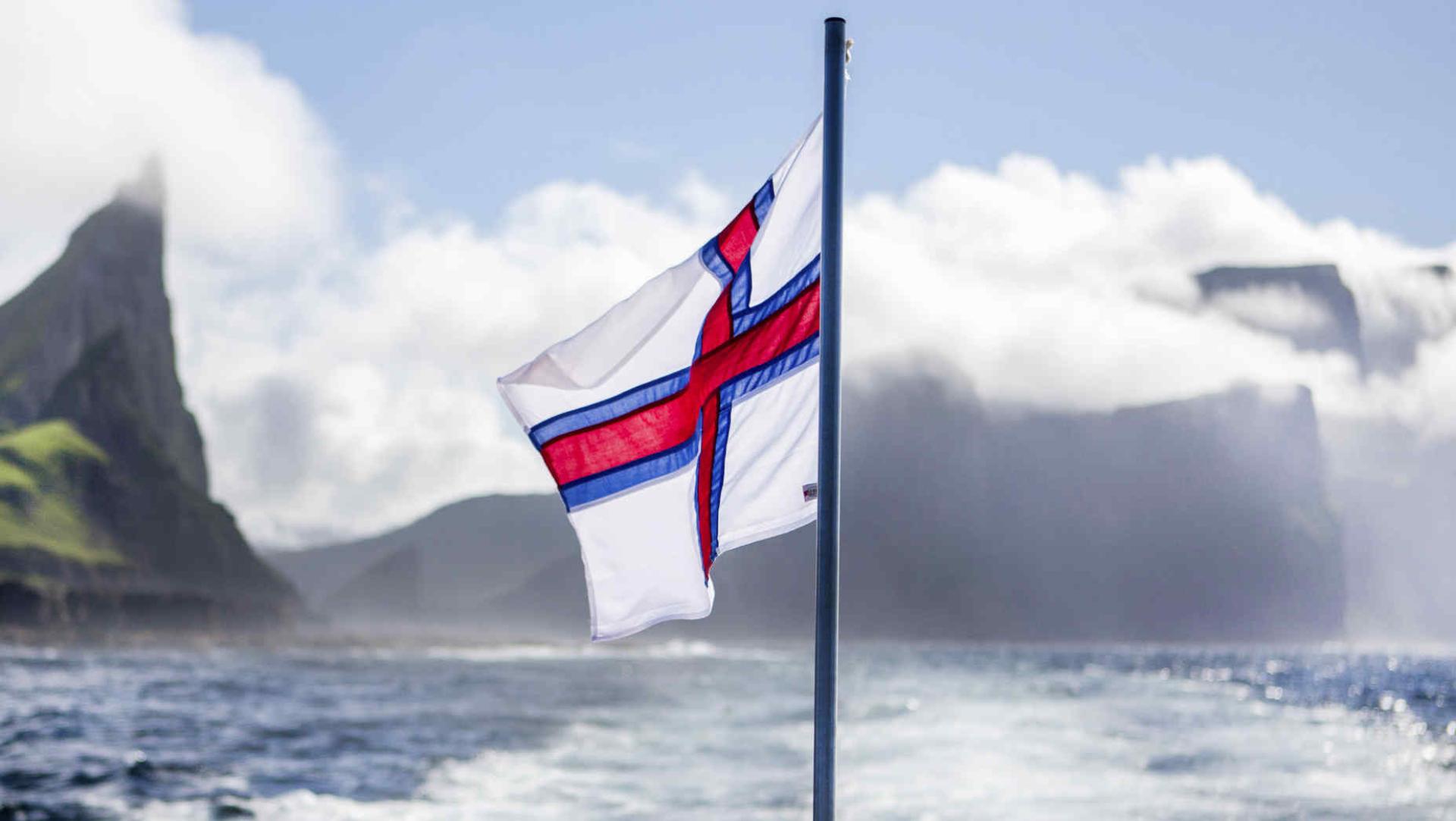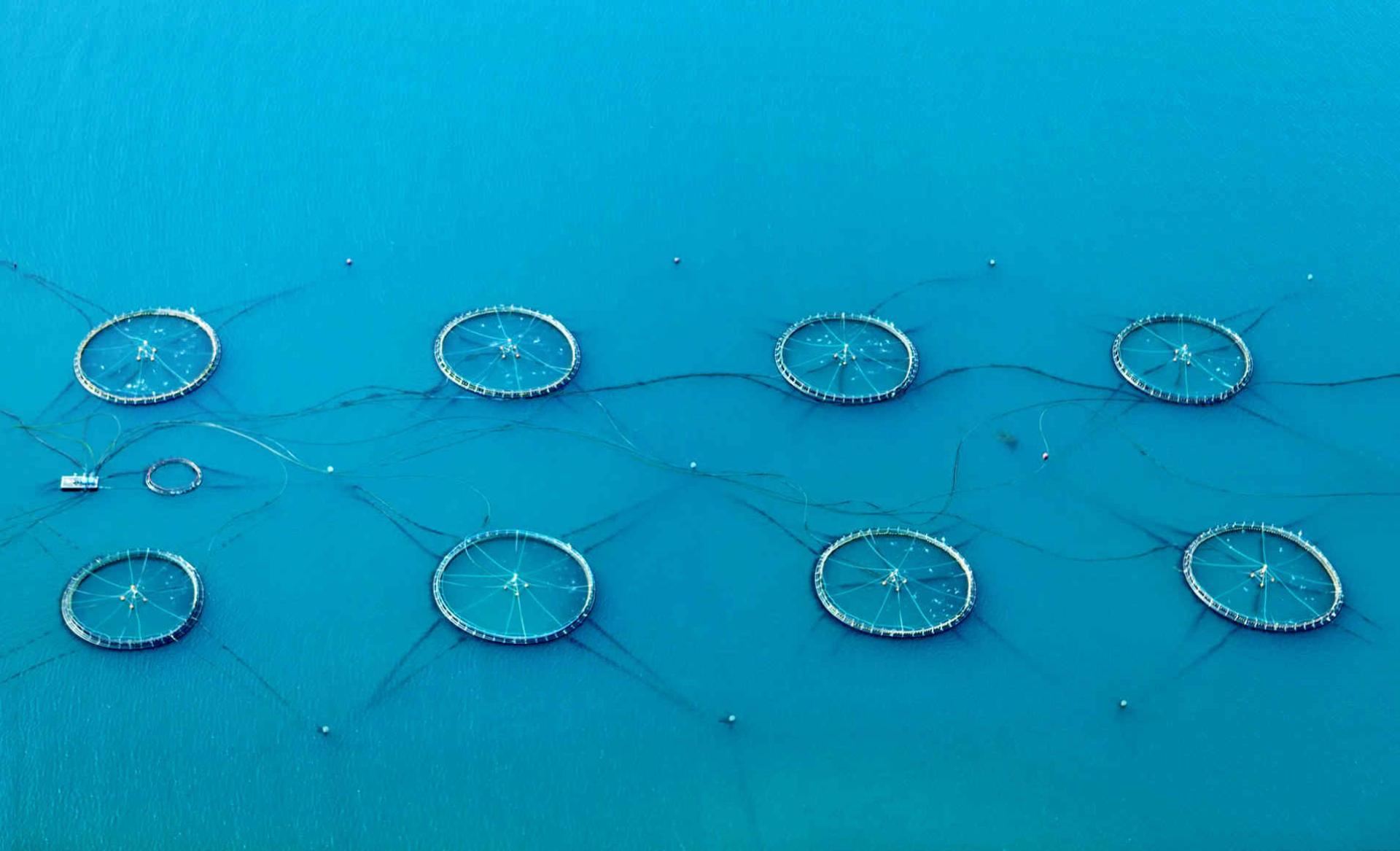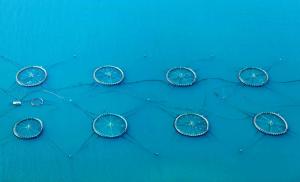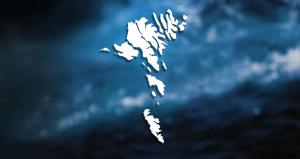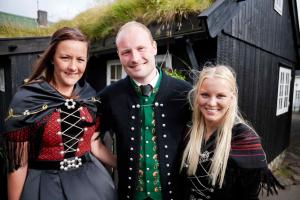GOVERNMENT & POLITICS
Since the Home Rule Act of 1948, the Faroe Islands have been a semi-autonomous region, encompassed by the external sovereignty of the Kingdom of Denmark.
The country adopts a variation of the Scandinavian-type parliamentarian democracy. It has its own democratically elected legislative assembly, the Løgting, and an executive government, Føroya Landsstýri, headed by the løgmaður (Prime Minister), who is also responsible for foreign affairs.
Unlike Denmark, the Faroe Islands are not part of the European Union and all trade with EU countries is governed by specially negotiated treaties drawn up in consultation and co-operation with the Danish foreign ministry.
The Løgting, which may well be the oldest parliament in the world, has 33 elected members for four years. They are elected by popular vote in the Faroe Islands as a single constituency. Additionally, the Faroese elected two members to represent the Faroe Islands at the Danish Parliament in Copenhagen.
Although for all intents and purposes, the islands are self-governing, Denmark is still responsible for policing, defence and justice.
HISTORY
The special constitutional status of the islands was originally founded on the ancient Viking tradition from the ninth century AD (all free men convened at the Althing, later called Løgting, in the capital Tórshavn). From the latter half of the twelfth century on – while part of the medieval Norwegian Kingdom – the Faroese further developed their own culture, language and other social institutions, while at the same time adapting constitutionally to the surrounding political contexts of coming and going empires reaching out from the Scandinavian heartlands.
Norway and Denmark joined in a dual monarchy in the late fourteenth century. In 1814, when Norway was ceded to the King of Sweden, Norway’s westernmost territories, among them the Faroe Islands, remained under the sovereignty of the Danish Monarchy. Not least due to the large geographical distance to Norway and Denmark, the Faroe Islands always maintained a special jurisdiction along with their distinct language and culture, guarded by the ancient Løgting. Since the split from Norway, the Faroe Islands have accommodated to, but not fully integrated into, the modern state of Denmark.
HOME RULE
Constitutionally, Faroese relations to the Danish State were defined in the Home Rule legislation in 1948. This legislation divides the administrative and legislative areas into two groups; joint affairs under Danish State authority, and special Faroese affairs under Faroese Home Rule, administration and legislation.
The Faroe Islands have, for example, their own independent authority regarding Customs and Excise, Taxation and Administration.
The degree of Faroese autonomy is perhaps best illustrated by the fact that the Faroe Islands are not members of the EU nor EFTA (and thereby not members of the EEA either).
GOVERNMENT (The oldest Løgting in the North)
On average seven parties are represented in the Løgting. A distinctive feature regarding Faroese politics is the fact that there are two axes, one concerning the independence question, the other being the classic socio-economic left-right divide.
At the local government level, the Faroe Islands are divided into 30 municipalities. Tórshavn is the largest with a population of approx. 22,000. Second is Klaksvík with approx. 5,000. The municipalities are run by publicly elected councils and have taxation powers of their own.
Check out this official website for more information about the government of the Faroe Islands.
